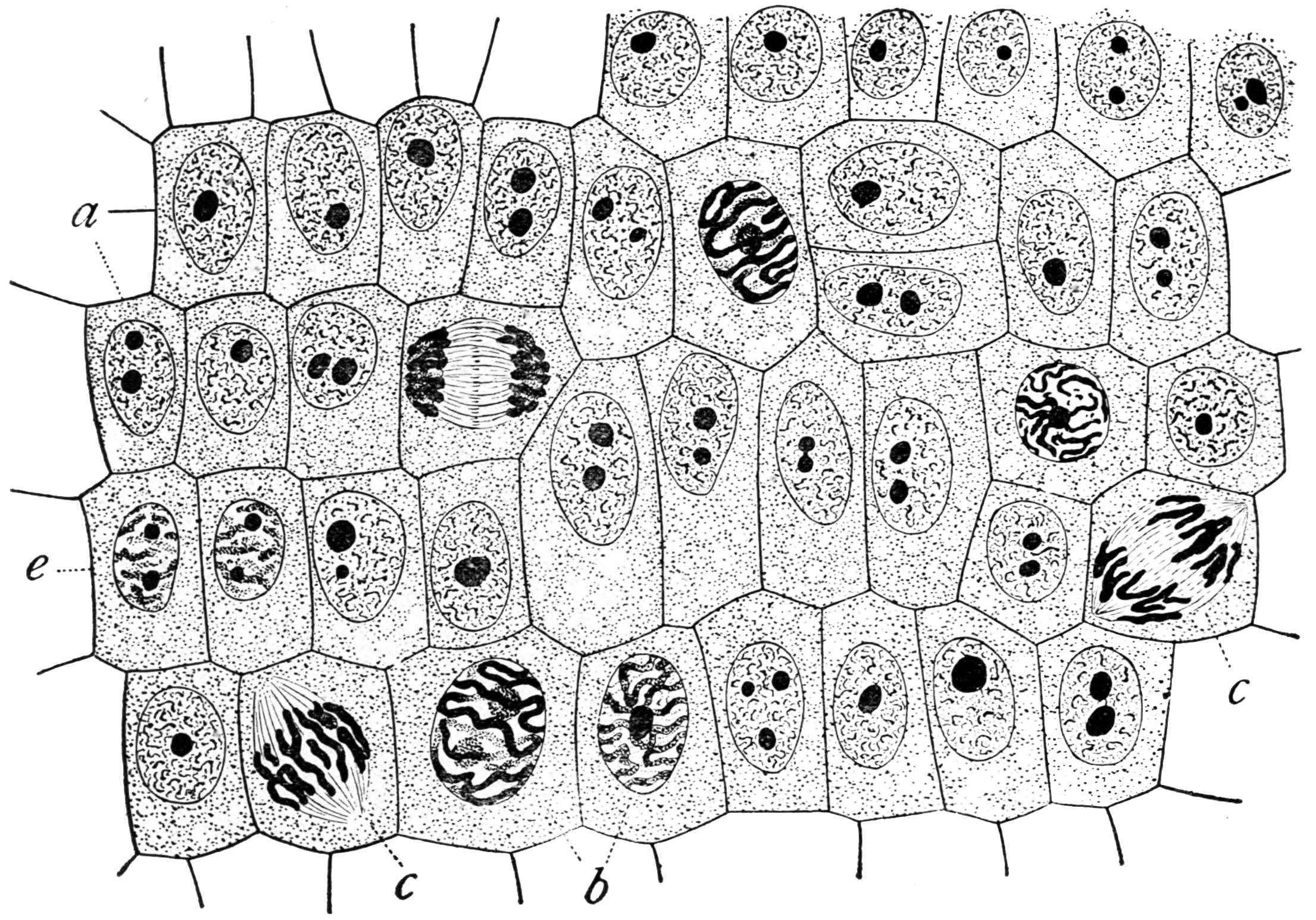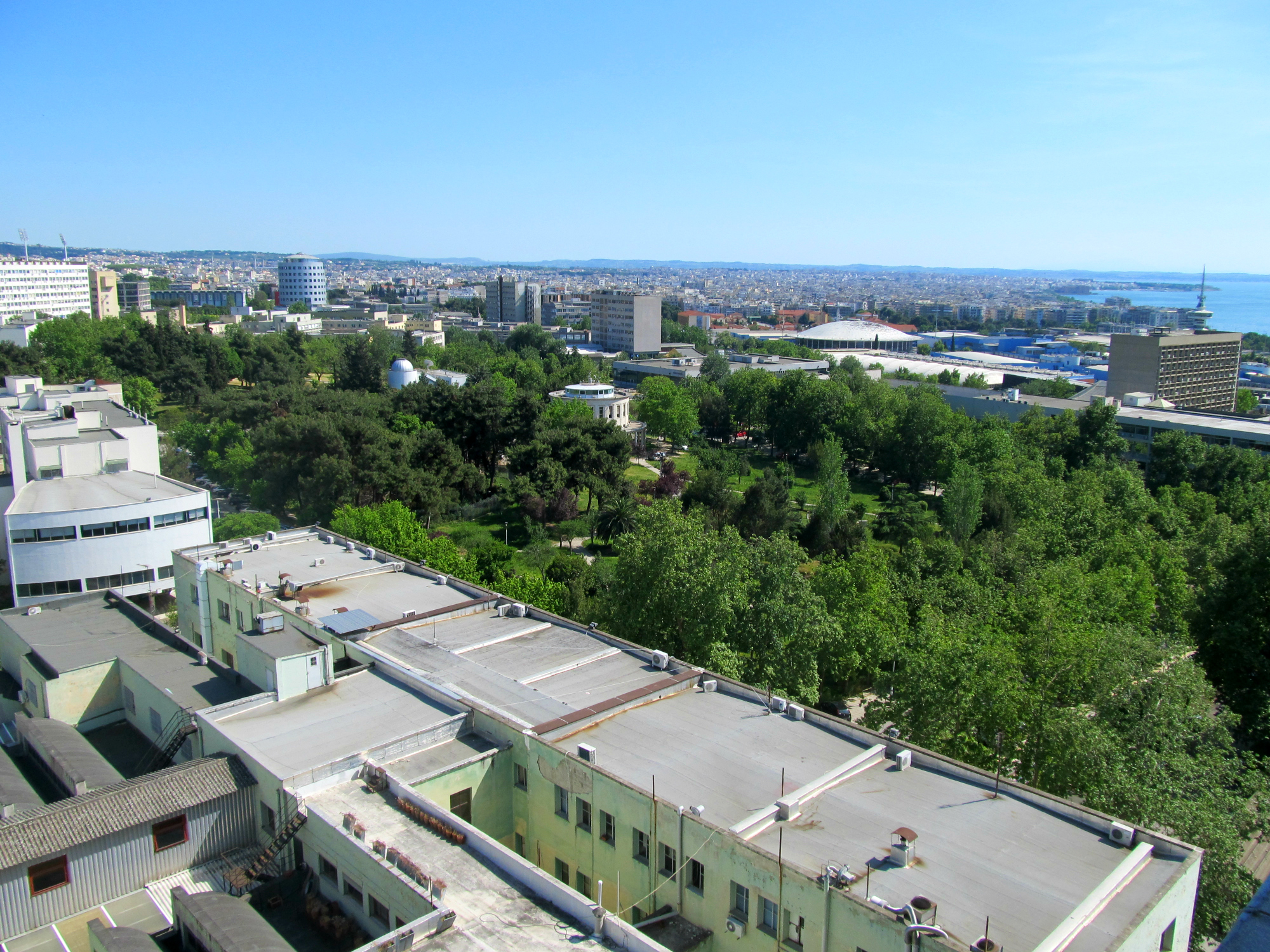|
Róisín Owens
Róisín Owens is a professor in the Department of Chemical Engineering and Biotechnology, University of Cambridge and a Fellow of Newnham College, Cambridge. Her research investigates new engineering technology for biological applications with a focus on organic bioelectronics, developing electroactive materials that can be used between physical transducers and soft biological tissues. Education and early life Owens is from Glasnevin in Dublin. She earned a bachelor's degree in Natural Sciences with a focus on Biochemistry at Trinity College, Dublin in 1998. She completed her PhD at the University of Southampton with a thesis, ''The BipA global regulator interacts with ribosomes''. Career and research She moved to Cornell University to work as a postdoctoral researcher on host-pathogen interactions of ''Mycobacterium tuberculosis'' in the department of Microbiology and Immunology with David Russell. Owens worked at Agave BioSystems in New York between 2005 and 2007. She then ... [...More Info...] [...Related Items...] OR: [Wikipedia] [Google] [Baidu] |
Suffrage Science Award
The Suffrage Science award is a prize for women in science, engineering and computing founded in 2011, on the 100th anniversary of International Women's Day by the MRC London Institute of Medical Sciences (LMS). There are three categories of award: # life sciences # engineering and physical sciences # mathematics and computing. The life sciences award was founded in 2011. Every year there are 10 laureates from research backgrounds and one laureate for communication. The engineering and physical sciences award was founded in 2013. Every year there are 12 laureates from areas spanning physics, chemistry and more. The math and computing award was launched on Ada Lovelace Day, 2016. Every year there are five laureates from mathematics, five laureates from computing and one laureate for science communication and the public awareness of science. Laureates Laureates have included: 2024 Life Sciences winners are: * Areej Abuhammad, University of Jordan, Jordan * Prisca Liberali, FMI ... [...More Info...] [...Related Items...] OR: [Wikipedia] [Google] [Baidu] |
Natural Sciences
Natural science or empirical science is one of the branches of science concerned with the description, understanding and prediction of natural phenomena, based on empirical evidence from observation and experimentation. Mechanisms such as peer review and reproducibility of findings are used to try to ensure the validity of scientific advances. Natural science can be divided into two main branches: life science and physical science. Life science is alternatively known as biology. Physical science is subdivided into branches: physics, astronomy, Earth science and chemistry. These branches of natural science may be further divided into more specialized branches (also known as fields). As empirical sciences, natural sciences use tools from the formal sciences, such as mathematics and logic, converting information about nature into measurements that can be explained as clear statements of the " laws of nature". Modern natural science succeeded more classical approaches to natura ... [...More Info...] [...Related Items...] OR: [Wikipedia] [Google] [Baidu] |
Alumni Of Trinity College Dublin
Alumni (: alumnus () or alumna ()) are former students or graduates of a school, college, or university. The feminine plural alumnae is sometimes used for groups of women, and alums (: alum) or alumns (: alumn) as gender-neutral alternatives. The word comes from Latin, meaning nurslings, pupils or foster children, derived from "to nourish". The term is not synonymous with "graduates": people can be alumni without graduating, e.g. Burt Reynolds was an alumnus of Florida State University but did not graduate. The term is sometimes used to refer to former employees, former members of an organization, former contributors, or former inmates. Etymology The Latin noun means "foster son" or "pupil". It is derived from the Latin verb "to nourish". Separate, but from the same root, is the adjective "nourishing", found in the phrase '' alma mater'', a title for a person's home university. Usage in Roman law In Latin, is a legal term (Roman law) to describe a child placed in foste ... [...More Info...] [...Related Items...] OR: [Wikipedia] [Google] [Baidu] |
Living People
Purpose: Because living persons may suffer personal harm from inappropriate information, we should watch their articles carefully. By adding an article to this category, it marks them with a notice about sources whenever someone tries to edit them, to remind them of WP:BLP (biographies of living persons) policy that these articles must maintain a neutral point of view, maintain factual accuracy, and be properly sourced. Recent changes to these articles are listed on Special:RecentChangesLinked/Living people. Organization: This category should not be sub-categorized. Entries are generally sorted by family name In many societies, a surname, family name, or last name is the mostly hereditary portion of one's personal name that indicates one's family. It is typically combined with a given name to form the full name of a person, although several give .... Maintenance: Individuals of advanced age (over 90), for whom there has been no new documentation in the last ten ... [...More Info...] [...Related Items...] OR: [Wikipedia] [Google] [Baidu] |
Rylie Green
Rylie Green is an Australian biomedical engineer who is a professor at Imperial College London. She works on bioactive conducting polymers for applications in medical electronics. Education Green is Australian. She received her PhD in neural interfaces from the School of Biomedical Engineering, University of New South Wales (UNSW) in 2008. She remained at UNSW for her postdoctoral studies, focussing on bioactive and cellular components for tissue engineering. Research Green's research focuses on developing new polymer materials for electronics, identifying biomaterials for regenerative medicine and bio-interfacial engineering for neuroprosthetics. She aims to extend the lifetimes of bioelectronic devices such as bionic eyes, robot limbs and brain–computer interface, so they are effective over a patient's life. In Green's research group they improve the mechanical properties of conductive polymers for implant applications, develop characterisation techniques and analys ... [...More Info...] [...Related Items...] OR: [Wikipedia] [Google] [Baidu] |
Wiley-Blackwell
Wiley-Blackwell is an international scientific, technical, medical, and scholarly publishing business of John Wiley & Sons. It was formed by the merger of John Wiley & Sons Global Scientific, Technical, and Medical business with Blackwell Publishing in 2007. Wiley-Blackwell is now an imprint that publishes a diverse range of academic and professional fields, including biology, medicine, physical sciences, technology, social science, and the humanities. Blackwell Publishing history Blackwell Publishing was formed by the 2001 merger of two Oxford-based academic publishing companies, Blackwell Science, founded in 1939 as Blackwell Scientific Publishing, and Blackwell Publishers, founded in 1922 as Basil Blackwell & Mott. Blackwell Publishers, founded in 1926, had its origins in the 19th century Blackwell's family bookshop and publishing business. The merger between the two publishing companies created the world's leading learned society publisher. The group then acquired BMJ Boo ... [...More Info...] [...Related Items...] OR: [Wikipedia] [Google] [Baidu] |
Proof Of Concept
A proof of concept (POC or PoC), also known as proof of principle, is an inchoate realization of a certain idea or method in order to demonstrate its feasibility or viability. A proof of concept is usually small and may or may not be complete, but aims to demonstrate in principle that the concept has practical potential without needing to fully develop it. A proof of value (PoV) is sometimes used along proof of concept, and differs by focusing more on demonstrating the potential customer use case and value, and is usually less in-depth than a proof of concept. Usage history The term has been in use since 1967. In a 1969 hearing of the Committee on Science and Astronautics, Subcommittee on Advanced Research and Technology, ''proof of concept'' was defined as following: One definition of the term "proof of concept" was by Bruce Carsten in the context of a "proof-of-concept prototype" in his magazine column "Carsten's Corner" (1989): The column also provided definitions fo ... [...More Info...] [...Related Items...] OR: [Wikipedia] [Google] [Baidu] |
Organic Electrochemical Transistor
The organic electrochemical transistor (OECT) is an organic electronic device which functions like a transistor. The current flowing through the device is controlled by the exchange of ions between an electrolyte and the OECT channel composed of an organic conductor or semiconductor. The exchange of ions is driven by a voltage applied to the gate electrode which is in ionic contact with the channel through the electrolyte. The migration of ions between the channel and the electrolyte is accompanied by electrochemical redox reactions occurring in the channel material. The electrochemical redox of the channel along with ion migration changes the conductivity of the channel in a process called electrochemical doping. OECTs are being explored for applications in biosensors, bioelectronics and large-area, low-cost electronics. OECTs can also be used as multi-bit memory devices that mimic the synaptic functionalities of the brain. For this reason, OECTs can be also being investigated as ele ... [...More Info...] [...Related Items...] OR: [Wikipedia] [Google] [Baidu] |
European Research Council
The European Research Council (ERC) is a public body for funding of scientific and technological research conducted within the European Union (EU). Established by the European Commission in 2007, the ERC is composed of an independent Scientific Council, its governing body consisting of distinguished researchers, and an Executive Agency, in charge of the implementation. It forms part of the framework programme of the union dedicated to research and innovation, Horizon 2020, preceded by the Seventh Research Framework Programme (FP7). The ERC budget is over €13 billion from 2014 – 2020 and comes from the Horizon 2020 programme, a part of the European Union's budget. Under Horizon 2020 it is estimated that around 7,000 ERC grantees will be funded and 42,000 team members supported, including 11,000 doctoral students and almost 16,000 post-doctoral researchers. The ERC awards to individuals are widely considered to be either among the most, or else the most prestigious grant for aca ... [...More Info...] [...Related Items...] OR: [Wikipedia] [Google] [Baidu] |
Aristotle University Of Thessaloniki
The Aristotle University of Thessaloniki ( AUTh; ), often called the University of Thessaloniki, is the second oldest tertiary education institution in Greece. Named after the philosopher Aristotle, who was born in Stageira, about east of Thessaloniki, it is the largest university in Greece and its campus covers in the centre of Thessaloniki, with additional educational and administrative facilities elsewhere. As of 2023, it has approximately 88,283 active students enrolled at the university (77,198 at the undergraduate level and 6,588 in postgraduate programmes of which 3,952 at doctoral level) and 2,366 faculty members. There are additionally 248 members of the Laboratory Teaching Staff and 213 members of the Special Technical Laboratory Staff. The administrative staff consists of 400 permanent employees and 528 subcontractor employees that are contracted by the university. The language of instruction is Greek, although there are programs in foreign languages and courses f ... [...More Info...] [...Related Items...] OR: [Wikipedia] [Google] [Baidu] |
Biosensor
A biosensor is an analytical device, used for the detection of a chemical substance, that combines a biological component with a physicochemical detector. The ''sensitive biological element'', e.g. tissue, microorganisms, organelles, cell receptors, enzymes, antibodies, nucleic acids, etc., is a biologically derived material or biomimetic component that interacts with, binds with, or recognizes the analyte under study. The biologically sensitive elements can also be created by biological engineering. The ''transducer'' or the ''detector element'', which transforms one signal into another one, works in a physicochemical way: optical, piezoelectric, electrochemical, electrochemiluminescence etc., resulting from the interaction of the analyte with the biological element, to easily measure and quantify. The biosensor reader device connects with the associated electronics or signal processors that are primarily responsible for the display of the results in a user-friendly way. Thi ... [...More Info...] [...Related Items...] OR: [Wikipedia] [Google] [Baidu] |





